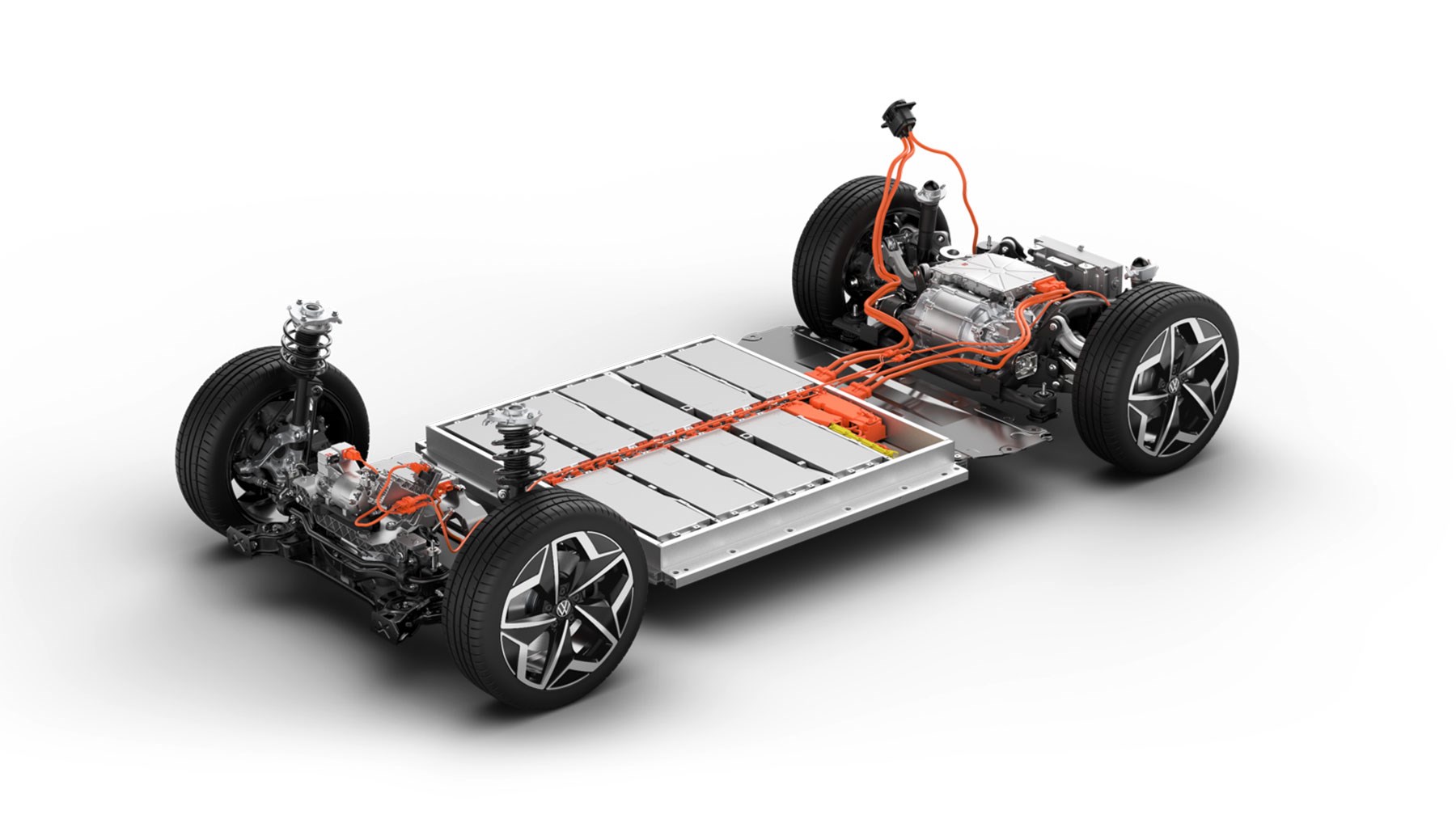
Electric vehicles (EVs) have rightfully earned their reputation as a pivotal solution in the global quest for cleaner transportation. With over a million electric cars now registered on UK roads and a similar surge in adoption worldwide, the shift away from fossil fuels represents a monumental step towards mitigating climate change and improving air quality. The allure of zero-emission driving, once an EV hits the road, is undeniably compelling, offering a vision of urban landscapes free from tailpipe pollution and a future less dependent on dwindling, volatile fossil fuel reserves.
Yet, beneath the glossy promise of a greener tomorrow lies a complex narrative surrounding the very heart of these vehicles: their batteries. While the operational benefits of EVs are clear, a deeper, more analytical lens reveals a significant, front-loaded environmental footprint associated with the mining of raw materials, the energy-intensive manufacturing process, and the eventual disposal of these powerful energy units. This isn’t a simple ‘yes’ or ‘no’ equation; it’s a nuanced challenge that requires a comprehensive, ‘Wired’ approach to understanding and addressing.
This in-depth exploration will dissect the environmental costs embedded within the lifecycle of EV batteries, contrasting them with the persistent impacts of gasoline-powered vehicles. We will venture beyond the surface, examining the intricate processes of raw material extraction, the energy dynamics of battery production, and the critical role of lifecycle analyses in shaping our understanding. Crucially, we’ll also begin to uncover the innovative pathways and evolving strategies aimed at mitigating these impacts, ensuring that the journey towards sustainable mobility is as clean and responsible as the destination itself.
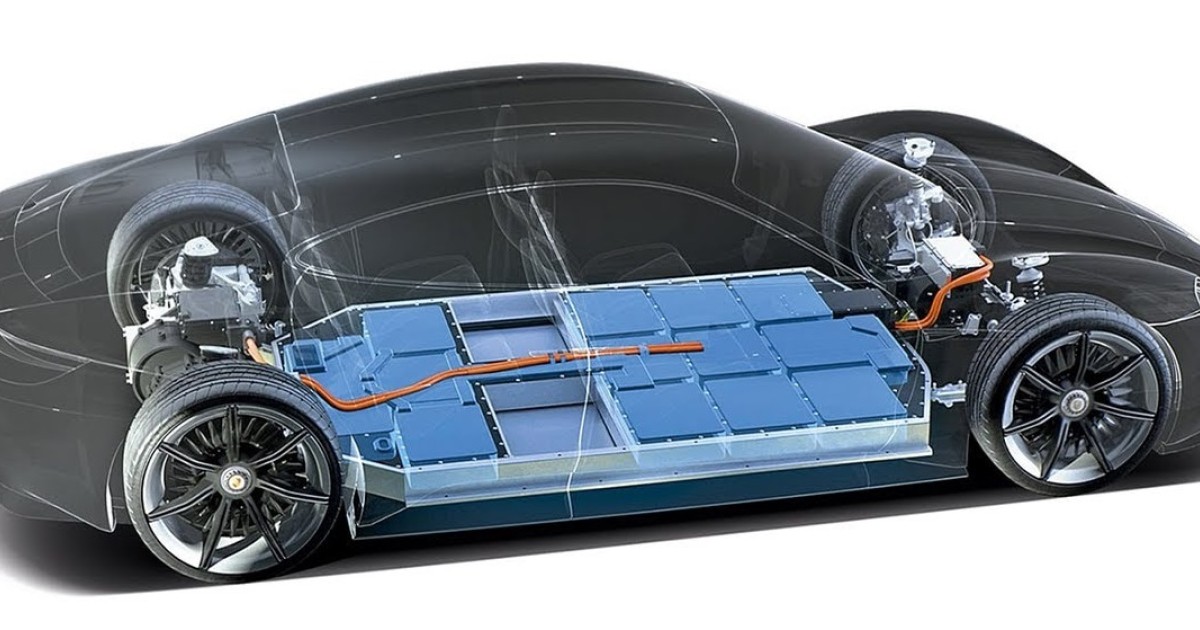
1. **The Upfront Environmental Burden of EV Battery Production**At the heart of every electric vehicle lies a sophisticated battery, typically lithium-ion, engineered to power our journeys. While the vehicles themselves are heralded as zero-emission once operational, the story of their batteries begins with a significant upfront environmental cost. This cost is primarily incurred during two crucial phases: the extraction of raw materials and the energy-intensive manufacturing process that transforms these materials into functional power packs.
EV batteries are packed with materials such as lithium, cobalt, and nickel. Sourcing these vital minerals from the earth involves extensive mining operations, often located in remote regions like Australia or the Democratic Republic of Congo. These operations are far from benign; they can significantly “chew up landscapes,” disrupt delicate ecosystems, and exert immense pressure on local water resources. For instance, lithium extraction often requires pumping salty water from underground, a process that can interfere with local water supplies in arid areas, as seen in Chile’s Atacama Desert, where it has been linked to “shrinking wetlands and wildlife struggles.”
Beyond habitat disruption and water usage, the mining process itself can be energy-intensive and produce substantial greenhouse gas emissions. The scale of equipment required, from “giant diesel trucks to fossil-fuel-powered refineries,” contributes to a considerable carbon footprint even before the materials are refined. This initial impact stands as a stark reminder that the clean energy transition is not without its own set of challenges, necessitating careful consideration of the entire supply chain.
Once the raw materials are extracted, they undergo an energy-intensive manufacturing process to become battery cells and packs. This production phase is a significant contributor to the battery’s overall carbon footprint, as it often relies on electricity generated from non-renewable sources in many parts of the world. Studies indicate that “producing an EV battery can emit anywhere from 2.5 to 16 tonnes of CO2,” depending heavily on the location and the energy mix powering the factories. This substantial energy demand upfront is a critical point of concern for those evaluating the true environmental credentials of EVs.
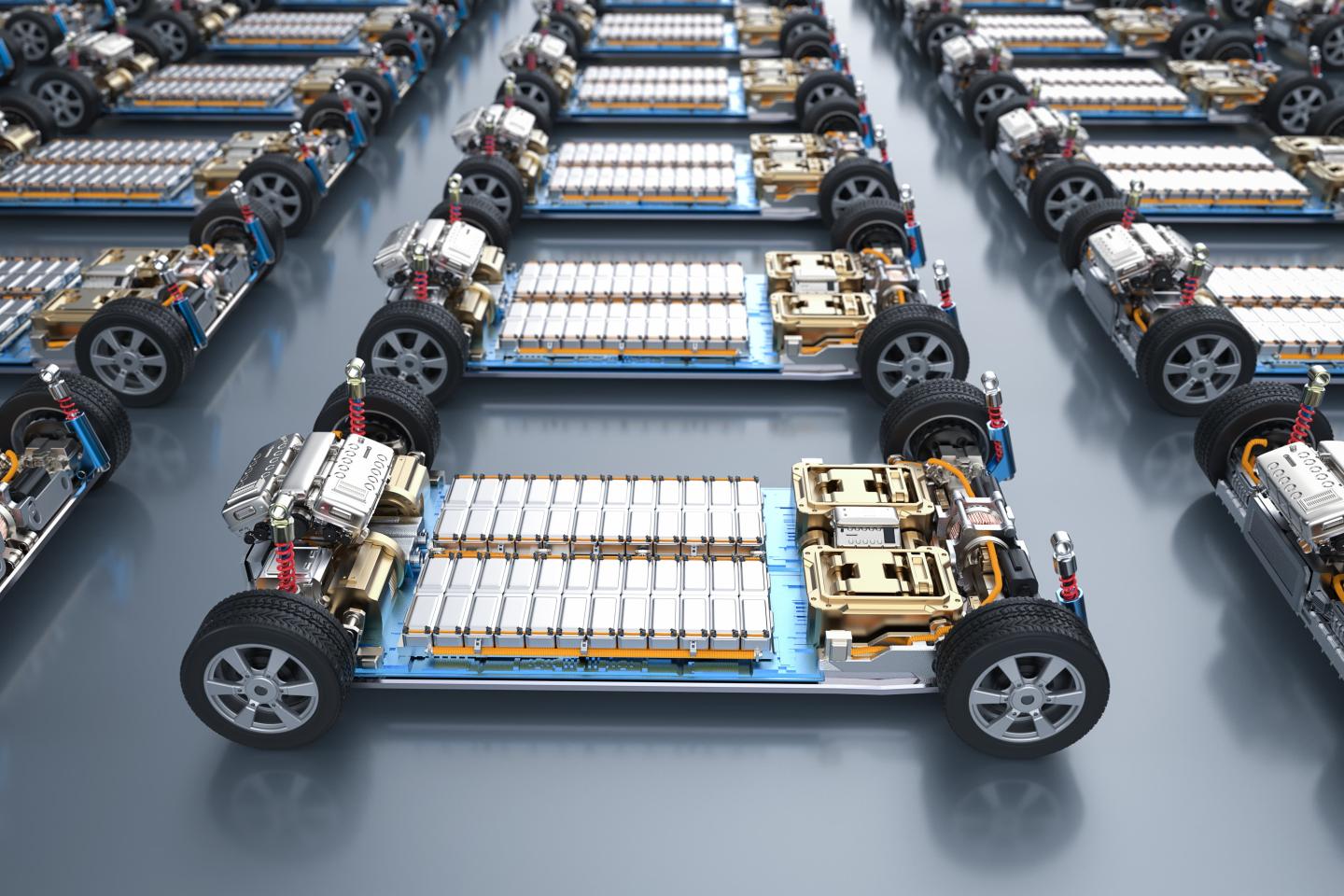
2. **The Lifecycle Advantage: Why EVs Still Win**Given the significant upfront environmental costs associated with EV battery production, a natural question arises: “Does the manufacturing and ultimate disposal of the batteries completely negate all the good that the no-emission aspect of my car does?” Jennifer Sousie, a Nissan Leaf owner, encapsulated this very query. The comprehensive answer, supported by extensive research, is a resounding ‘no’. Studies consistently demonstrate a clear environmental benefit to Electric Vehicles over their lifespan, even when accounting for battery production.
This conclusion is drawn from what is known as a “lifecycle analysis,” which assesses the climate impact of building and using a vehicle from cradle to grave. While building an electric vehicle initially incurs “more damage to the climate than building a gas car does” due to battery production, “the gas car starts to catch up as soon as it goes its first mile.” The ongoing combustion of gasoline continuously releases emissions, whereas the battery’s environmental cost is largely “paid once.”
Georg Bieker, from the International Council on Clean Transportation (ICCT), an organization renowned for “holding industries accountable for whether they’re actually reducing emissions,” highlighted the clarity of these findings, stating, “The results were clearer than we thought, actually.” Numerous studies confirm that EVs produce fewer emissions over time. The International Energy Agency further reinforces this, noting that the “total emissions from battery production are typically offset within the first 1 to 2 years of EV ownership through cleaner daily driving.” This break-even point occurs even faster in regions with cleaner electricity grids.
Essentially, an EV incurs higher emissions at its inception due to battery production but significantly lower emissions during its operational life. Conversely, a gasoline vehicle consistently produces emissions from its tailpipe and fuel extraction throughout its entire existence. Even in areas reliant on coal for electricity, the point at which an EV becomes environmentally superior is reached “well within the vehicle’s lifespan,” cementing its overall ecological advantage.
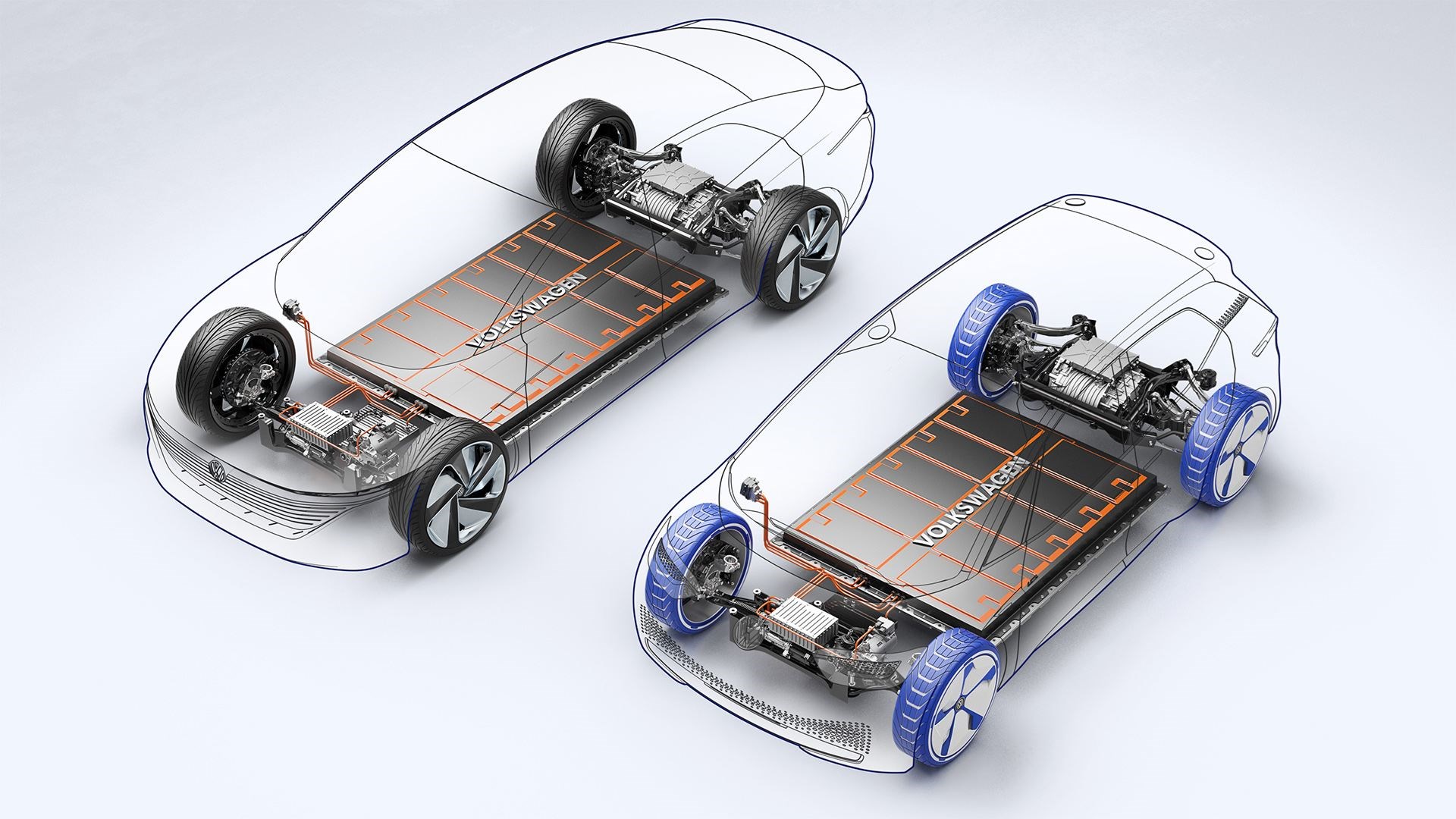
3. **The Ongoing Costs of Fossil Fuels: A Deeper Look**To truly grasp the environmental equation of electric vehicles, it is imperative to juxtapose their upfront battery costs with the persistent, multifaceted burdens of relying on fossil fuels. While EV batteries incur a one-time environmental cost during their production, the environmental and societal toll of gasoline is “paid again, and again, and again” with every mile driven and every drop of fuel extracted and refined. This continuous extraction complex for fossil fuels involves “mining every day, needs mining every time it’s used,” as political scientist Thea Riofrancos points out.
The carbon pollution emitted from burning gasoline and diesel in vehicles stands as the “top contributor to climate change in the U.S.” This relentless release of greenhouse gases drives global warming, with far-reaching consequences for ecosystems and human societies. But the environmental cost of fossil fuels extends far beyond direct tailpipe emissions. The process of oil extraction, refining, and transportation is fraught with risks, from devastating “oil spills” that decimate marine life and coastal communities to chronic air and water pollution impacting local populations.
Beyond environmental degradation, the reliance on fossil fuels carries significant geopolitical and humanitarian costs. The funding of “corrupt oil-rich regimes” through global energy markets can perpetuate instability and human rights abuses. Moreover, the pollution generated by fossil fuels is directly linked to “illnesses and preventable deaths,” imposing a severe public health burden globally. Therefore, when weighing the impacts of vehicle choices, the entire ‘extraction complex’ of fossil fuels presents a compounding, ongoing detriment that far outweighs the front-loaded impact of EV batteries.
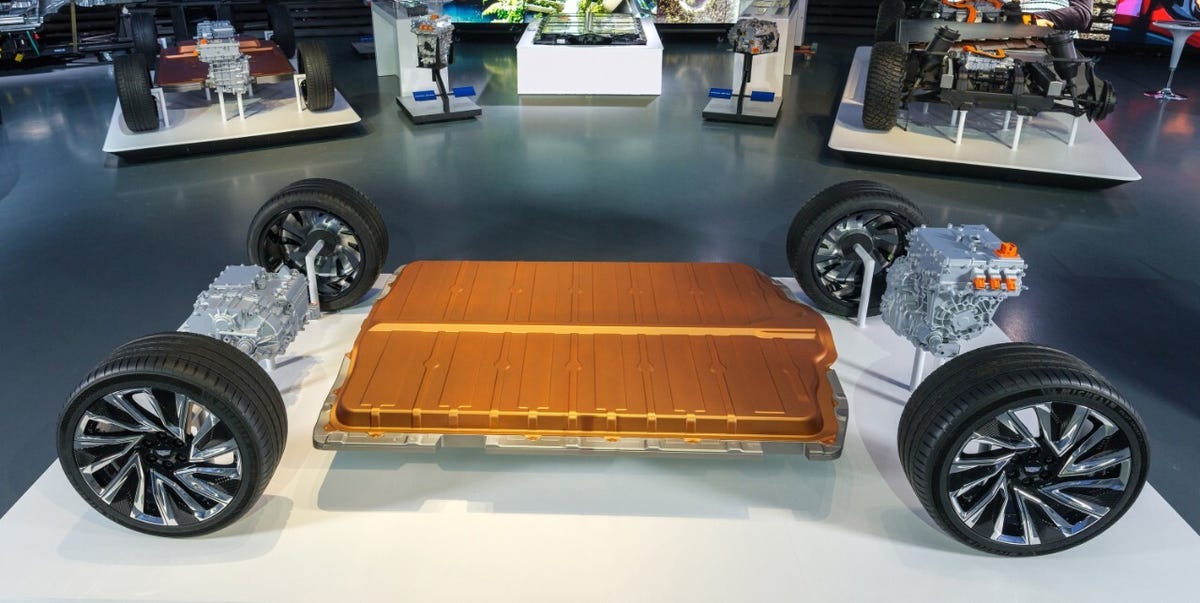
4. **Addressing Mining’s Darker Side: Environmental & Social Impacts**The extraction of raw materials like lithium, cobalt, and nickel, essential for EV batteries, undeniably presents significant environmental and social challenges. “Several listeners asked NPR about the negative impacts of mines, beyond carbon emissions,” highlighting a growing awareness of these complex issues. These impacts are varied and profound, affecting habitats, water systems, and human communities.
Mining operations, by their very nature, “disrupt habitats,” leading to deforestation and the destruction of ecosystems crucial for biodiversity. The processes often involve large-scale earthmoving, which can cause “soil erosion” and alter natural landscapes. Furthermore, mining activities can “pollute with runoff or other waste,” introducing toxic substances into local water sources and agricultural land, impacting both wildlife and human health. This degradation of natural resources is a serious concern that demands rigorous oversight and innovative solutions.
On the social front, the context explicitly highlights concerning practices in certain regions. Cobalt mining, in particular, has been scrutinized for “ethical concerns – think child labour and unsafe working conditions.” The rights of “indigenous communities” can also be “violated” by mining operations, which can displace populations, disrupt traditional livelihoods, and undermine cultural heritage. As Thea Riofrancos aptly notes, “The fact that mined products are in basically everything we use should give us pause,” urging a broader critical examination of extraction across all industries, not just EVs.
These ethical and environmental concerns are not overlooked by the evolving industry. There is a growing imperative for “improved labor oversight” and the development of “better mining technologies.” The pressure from “automakers, governments, and consumers” is pushing for greater accountability and the adoption of responsible mining practices to mitigate these significant social and environmental footprints associated with battery material extraction.
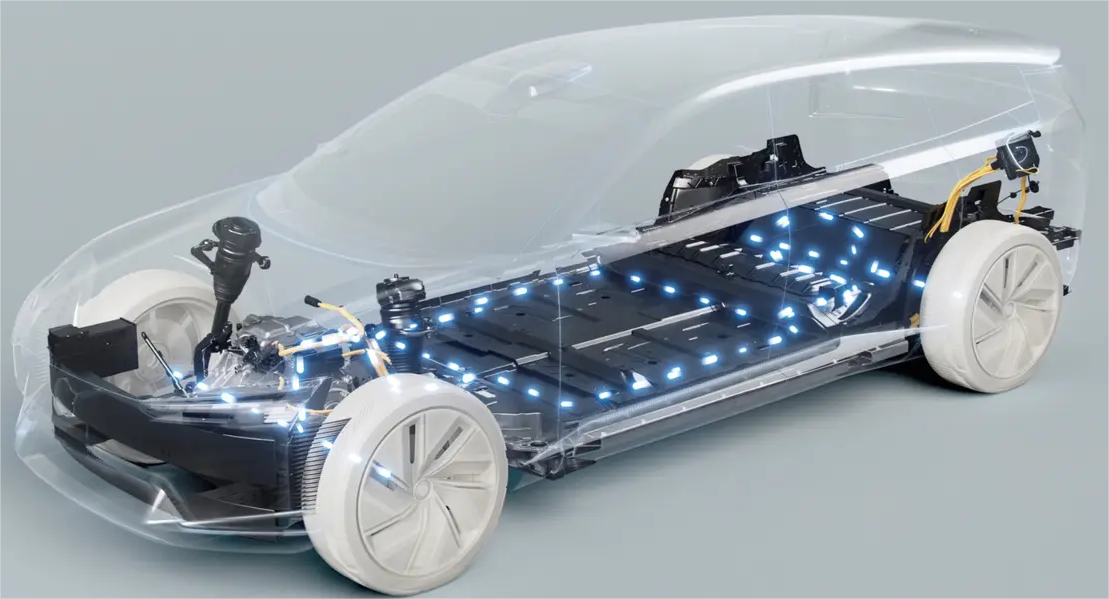
5. **The Promise of Cleaner Manufacturing and Supply Chains**While the environmental footprint of EV battery production is substantial, it is not immutable. The sector is actively pursuing numerous avenues to mitigate these impacts, driven by technological innovation, public pressure, and evolving regulatory landscapes. This commitment to cleaner manufacturing and more ethical supply chains offers a promising pathway towards a truly sustainable electric mobility future.
One significant area of improvement lies in refining mining practices. “Public pressure and a shift toward mining in regions with stronger regulations, like the U.S. instead of China,” could substantially reduce the harms caused by mineral extraction. Additionally, “new technology, like a mining method called ‘direct lithium extraction,’ could produce minerals with much smaller footprints,” lessening environmental disruption and energy consumption. These advancements in extraction techniques are critical for minimizing the impact at the source.
Beyond mining, the carbon footprint of battery manufacturing itself is heavily influenced by the energy sources powering production facilities. The context explicitly states, “If battery factories are powered by clean energy, the carbon footprint drops significantly.” This highlights the immense potential of transitioning manufacturing plants to renewable energy sources, thereby directly addressing one of the largest contributors to upfront emissions. Organizations like “Lead the Charge” are actively evaluating automakers on their “efforts to clean up supply chains and source materials ethically,” indicating a growing industry-wide push for transparency and responsibility.
Furthermore, advancements in battery chemistry are playing a vital role. For instance, individuals concerned about the “horrific mining conditions” associated with cobalt can now seek out “LFP battery,” which are made without cobalt and are used in vehicles like the Tesla Model 3 and Ford Mach-E. Looking further ahead, “batteries based on sodium might be an alternative to lithium,” potentially diversifying the mineral supply chain and reducing reliance on specific, often problematic, resources. These innovations are not just theoretical; they are already being implemented and are shaping the future of sustainable battery production.
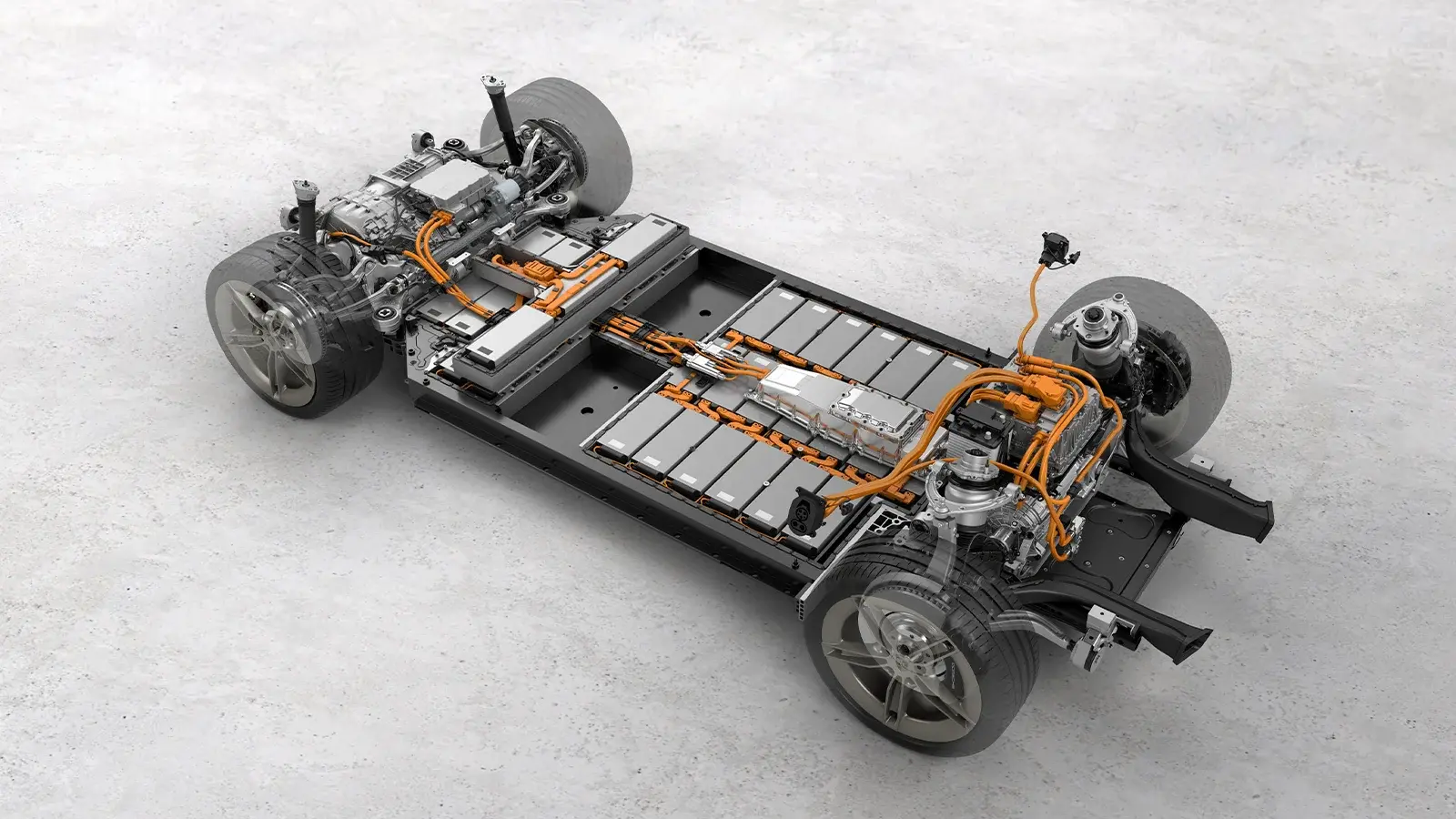
6. **The Future is Circular: The Imperative of Recycling EV Batteries**The environmental conversation surrounding EV batteries often culminates in concerns about their end-of-life disposal. However, an increasingly vital solution is emerging that transforms this potential problem into a powerful opportunity: comprehensive battery recycling. Far from being relegated to landfills, the future of EV batteries is undeniably circular, positioning recycling as an indispensable pillar of sustainable electric mobility.
“Concerns about dead batteries filling up landfills are often based on outdated assumptions.” In reality, EV batteries are rarely simply “thrown away.” The industry recognizes the inherent value of the materials within these power units, and robust recycling and repurposing technologies are “rapidly growing.” This shift is driven by both environmental stewardship and economic foresight, acknowledging that these batteries are not waste, but rather a rich source of recoverable resources.
Recycling is a game-changer because it allows for the recovery of valuable metals such as lithium, cobalt, and nickel, which can then be reused in the production of new batteries. “Recycling can recover up to 95% of key materials,” offering a massive win for both the environment and the economy. This process directly reduces the need for fresh mining, thereby alleviating the environmental pressures associated with raw material extraction and minimizing landscape disruption and pollution. It effectively keeps precious resources “in the loop,” maximizing their utility over multiple product lifecycles.
Beyond material recovery, recycling significantly slashes the carbon footprint of new batteries. “Recycled materials take less energy to process than raw ones, cutting the CO2 from battery production by up to 40%,” making EVs even greener from a lifecycle perspective. While it will take time for the current generation of EVs to reach the end of their lifespan in large numbers, the infrastructure for recycling is being proactively developed. Major companies like “Redwood Materials, Li-Cycle, and Ascend Elements are already recovering over 90 percent of battery materials for reuse in new cells,” demonstrating the tangible progress being made towards a truly circular economy for EV batteries.




